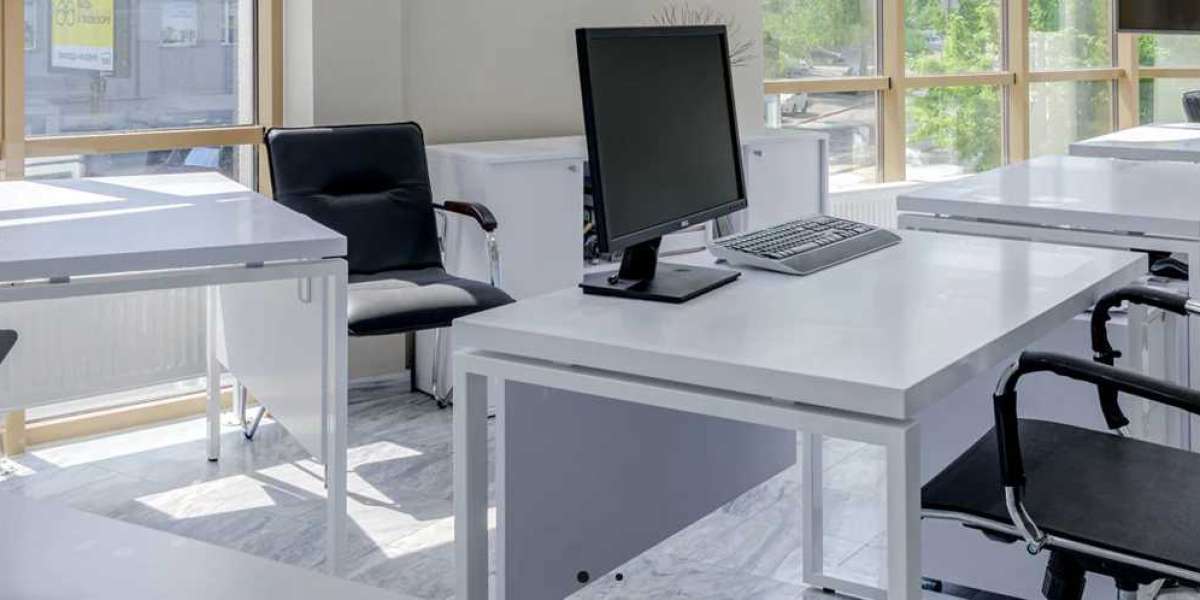Choosing the perfect office chair for comfort and support is essential for maintaining productivity and health in the workplace. A well-designed chair can enhance posture, reduce fatigue, and prevent musculoskeletal issues. Here’s a comprehensive guide to selecting the right office chair:
1. Prioritize Ergonomic Features
Adjustable Height: The chair should have an adjustable seat height to ensure your feet are flat on the floor and your knees are at a 90-degree angle.
Lumbar Support: Look for a chair with adjustable lumbar support to support the natural curve of your lower back and reduce strain.
Seat Depth and Width: The seat should be deep enough to support your thighs but not so deep that it hinders circulation. The width should accommodate your hips comfortably.
Backrest: The backrest should support the full length of your back, including the lumbar region. An adjustable backrest allows for better customization.
Armrests: Adjustable armrests can reduce strain on your shoulders and neck. They should allow your arms to rest comfortably with your elbows at a 90-degree angle.
2. Choose the Right Material
Breathable Fabric: Opt for chairs with breathable fabric or mesh to keep you cool and comfortable during long periods of sitting.
Padding: Ensure the seat and backrest have sufficient padding for comfort, but not so much that it becomes too soft and lacks support.
Durability: Consider high-quality materials that are durable and easy to maintain. Leather or high-grade mesh are often good choices.
3. Ensure Proper Adjustability
Seat Tilt: A chair with a tilt function allows you to recline and change your posture throughout the day. Look for a chair with adjustable tilt tension to suit your preference.
Tilt Lock: A tilt lock feature allows you to lock the chair in an upright position or a preferred tilt angle.
Height Adjustment: The chair should have a pneumatic height adjustment mechanism for easy customization.
4. Test for Comfort
Sit and Adjust: Spend time sitting in the chair and make all the necessary adjustments to ensure it fits your body and supports you well.
Movement: Check how well the chair moves and swivels. A chair with a smooth-rolling base and a swivel function allows for better mobility and access to your workspace.
5. Consider Design and Aesthetics
Style: Choose a chair that complements the design of your office while providing the necessary support and functionality.
Color and Finish: Select a color and finish that aligns with your office decor and personal preferences.
6. Check for Additional Features
Headrest: A headrest can provide additional support for your neck and head, especially for tasks that require looking up or prolonged sitting.
Footrest: Some chairs come with an optional footrest or have the ability to add one, which can enhance comfort during extended periods of sitting.
Armrest Adjustability: Look for armrests that can be adjusted in height, width, and angle for better support.
7. Evaluate Long-Term Benefits
Warranty: Check if the chair comes with a warranty, which can be an indicator of the manufacturer’s confidence in the chair’s durability.
Adjustments and Support: Ensure that the chair’s adjustments are easy to use and that the chair provides consistent support over time.
8. Consider User-Specific Needs
Height and Build: Choose a chair that accommodates your height and build. Some chairs are designed for a wider range of body types and sizes.
Special Needs: If you have any specific health concerns or physical conditions, look for chairs that address those needs, such as chairs with specialized lumbar support or pressure-relief features.
9. Review and Compare
Read Reviews: Check customer reviews and ratings to get an idea of the chair’s performance and comfort from other users.
Compare Models: Compare different models and brands to find the one that best fits your needs and budget.
10. Professional Advice
- Consult Ergonomists: If possible, consult with an ergonomist or a professional in workplace health to get personalized recommendations based on your specific requirements.
Conclusion
Choosing the perfect office chair involves evaluating ergonomic features, materials, adjustability, and comfort. Prioritizing these factors will help you select a chair that not only supports your health and productivity but also enhances your overall work experience. Test the chair thoroughly, consider additional features, and choose a design that fits your office aesthetics to ensure you make an informed decision.








